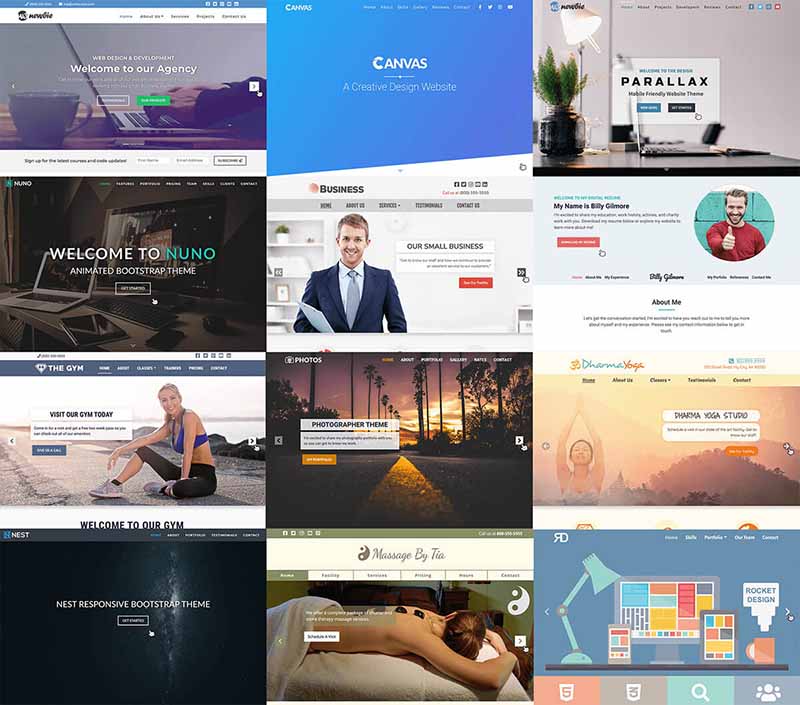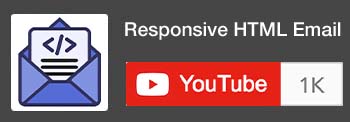CSS Style Sheets
CSS style sheets, often shortened to stylesheet, is a file containing a collection of CSS rules that define the visual appearance of a web page or website. It acts as a separate layer from the content (HTML) itself, enabling you to control the look and feel of your web pages without directly modifying the content.
Three Ways to Apply CSS Styling:
1. Inline Styles:
- Applied directly to individual HTML elements using the
styleattribute. - Example:
HTML:
<p style="color: red; font-size: 16px;">This text is red and 16px in size.</p>- Advantages:
- Quick and easy to apply.
- Can override other styles.
- Disadvantages:
- Can clutter HTML code.
- Difficult to maintain and update styles across multiple elements.
- Not recommended except in specific cases such as HTML development for email.
2. Internal Style Sheets:
- Placed within the
<head>section of an HTML document using a<style>element. - Example:
HTML:
<head>
<style>
p {
color: blue;
font-family: Arial, sans-serif;
}
</style>
</head>- Advantages:
- Keeps styles within the same HTML file.
- Can be used for page-specific styles.
- Disadvantages:
- Not reusable across multiple pages.
3. External Style Sheets (recommended):
- Stored in a separate CSS file (usually with a
.cssextension). - Linked to HTML documents using the
<link>element within the<head>section. - Example:
HTML:
<head>
<link rel="stylesheet" href="style.css">
</head>- Advantages:
- Encourages code organization and separation of concerns.
- Reusable across multiple pages.
- Easier to maintain and update styles globally.
- Can be cached by browsers for faster loading.
- Disadvantages:
- Requires an additional file request.
Benefits of Using External CSS Style Sheets:
- Separation of concerns: Keeps HTML semantically focused on content and allows CSS to handle presentation independently. This makes code cleaner, more maintainable, and reusable.
- Uniformity and consistency: Apply styles to multiple elements throughout website pages easily, ensuring a consistent visual identity.
- Flexibility and control: Modify the entire website’s appearance by changing a single stylesheet, improving development efficiency.
- Reusability: Define styles once in a stylesheet and use them across multiple pages or elements, reducing code redundancy.
Best Practices:
- Prioritize external stylesheets: This promotes maintainability, reusability, and performance.
- Use internal styles sparingly: For page-specific or small-scale styling.
- Avoid overuse of inline styles: Maintain clean HTML and avoid specificity issues.
- Consider maintainability and organization: Structure CSS for clarity and easy updates.





